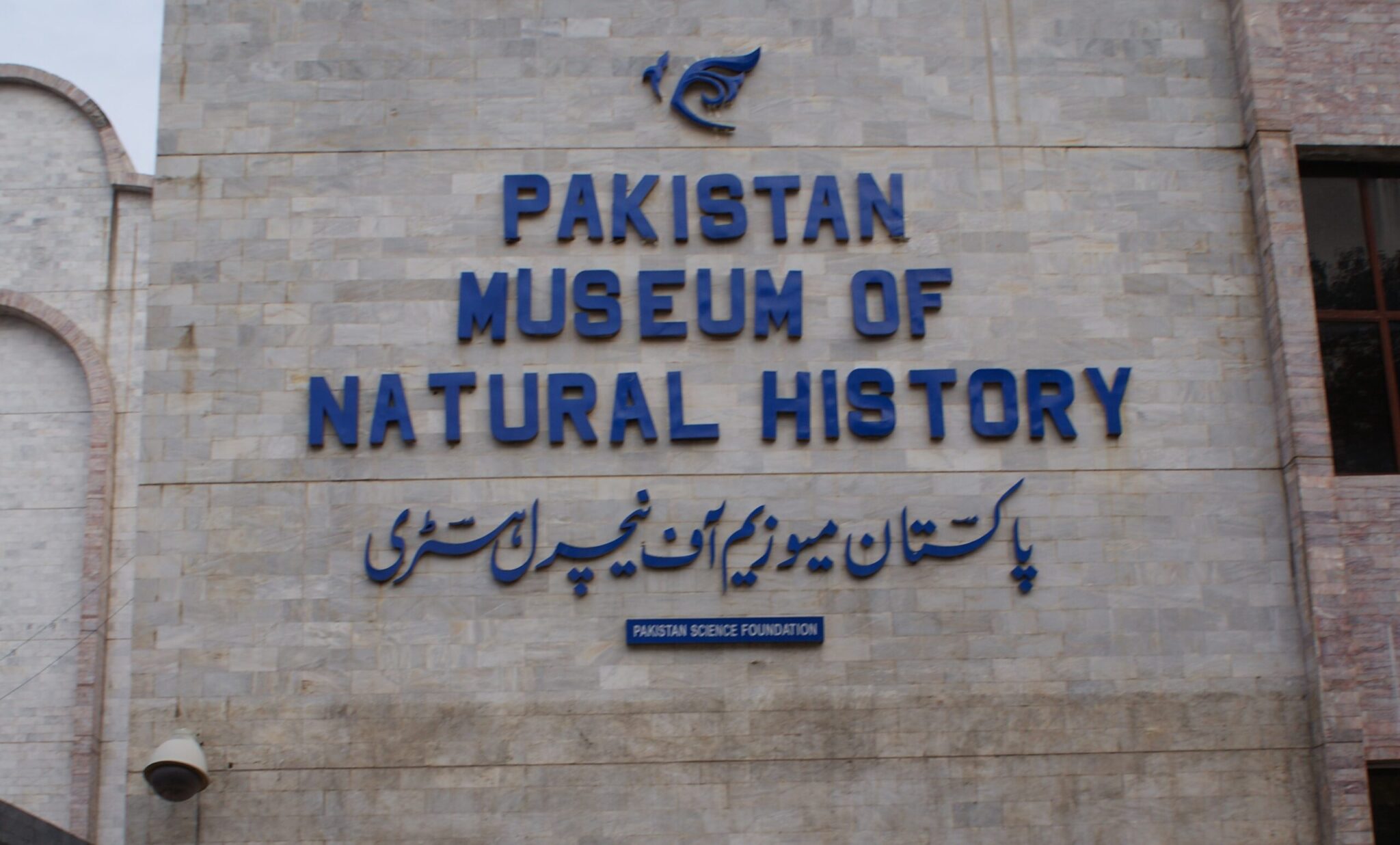Pakistan Museum of Natural History is located in Islamabad and was established in 1976 as a public tourist spot. As this month is all about wildlife, so our team decided to visit this place to portray the conditions of wildlife in Pakistan. The museum displays magnificent reserves of the wildlife, housing almost 1.4 million specimens, revealing and depicting the diverse wildlife treasure of Pakistan.
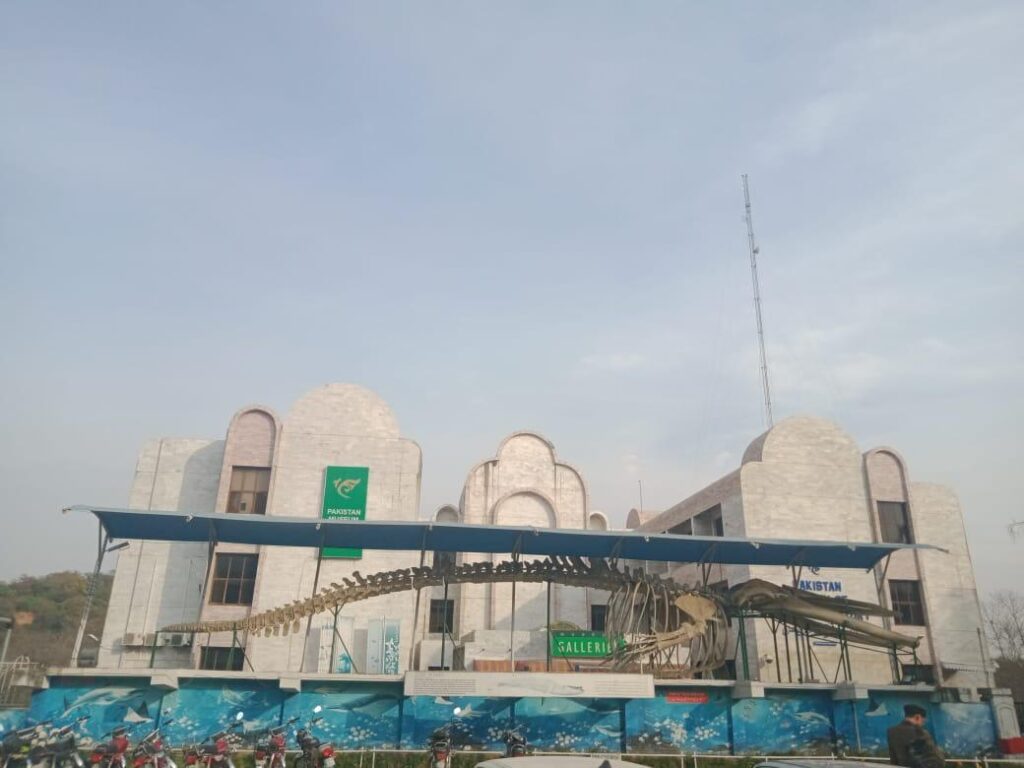
The museum has four major divisions and six main galleries, displaying a huge variety of wildlife, rocks and minerals, and prehistoric beasts. We took a detailed visit of the museum and got to know interesting things about wildlife.

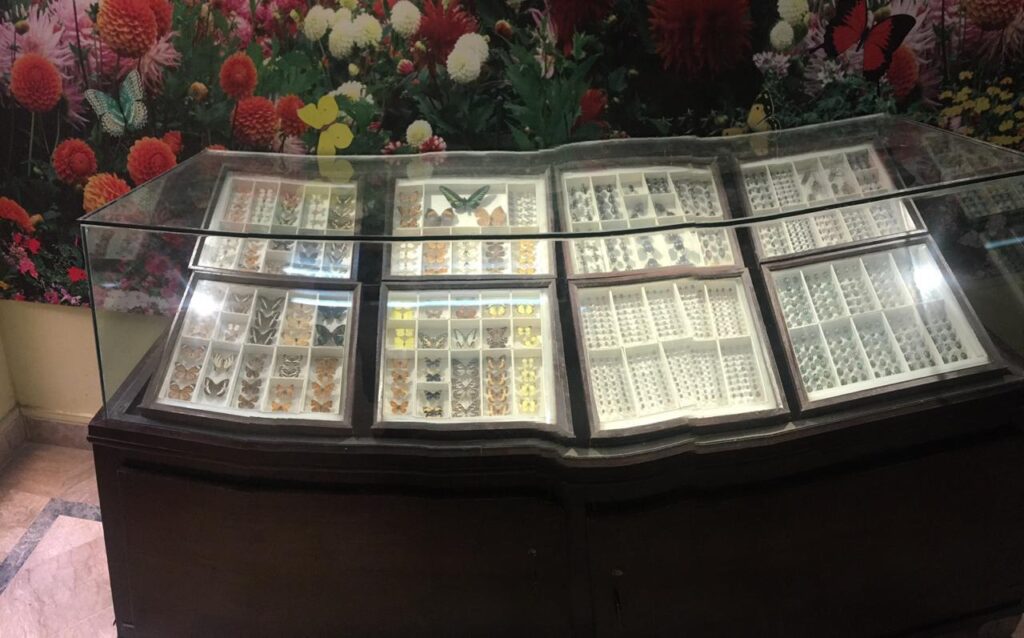
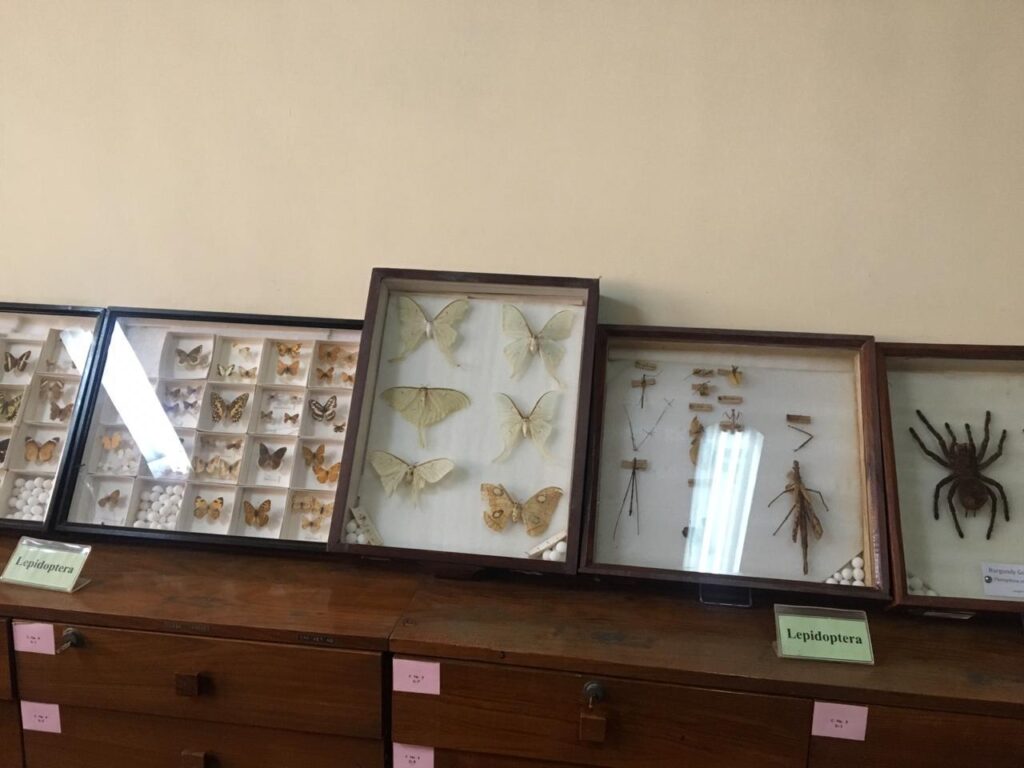


Model of Blue Whale
The blue whale is also known as Rhincodon typus is a slow-moving, rare and largest known mammal in the world. It belongs to the class Chondrichthyes and has been declared as vulnerable or endangered by the IUCN due to an alarming reduction in its population. This fish has a close resemblance with a shark that is about 40 ft long and weighs about 16 tones. The specimen has been collected from the Gharobari, Pakistan on 6th February 2012, brought under the supervision of PMNH and preserved there.
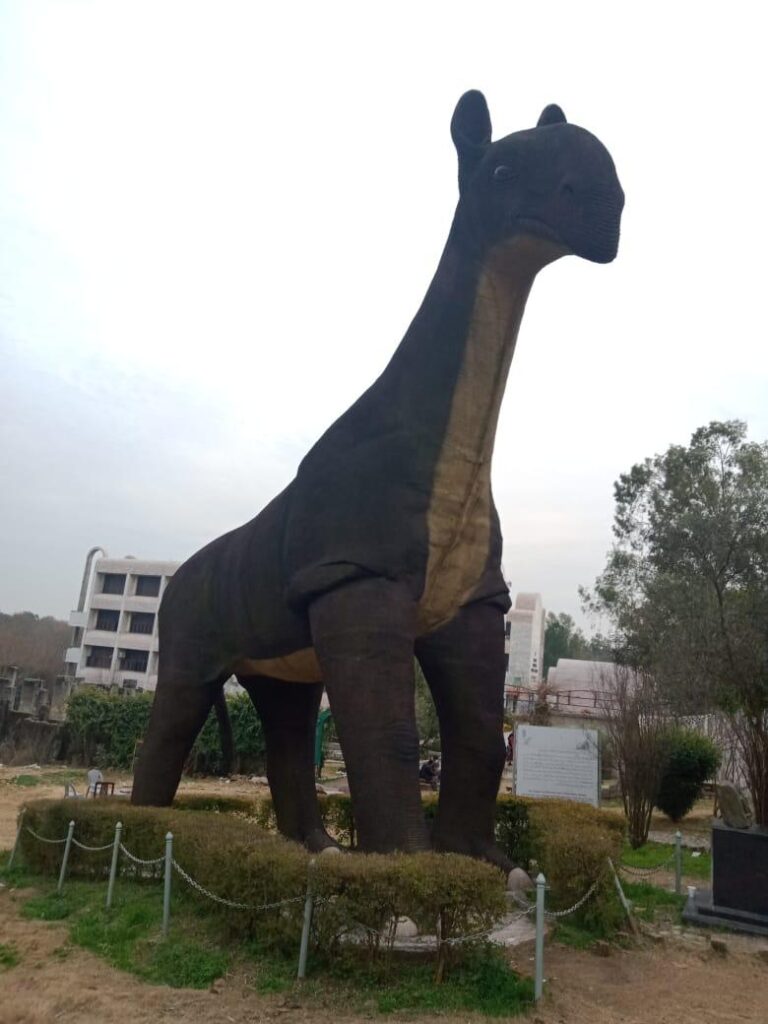
Baluchitherium
Baluchitherium or Rhino is the largest land mammal inhabiting about 30 million years ago. The Baluchitherium means “beast of the Balochistan” (Baluchi àBalochistan, thoriumà Beast). It was discovered in the Bugti Hills of Balochistan. Its average height is about 18 ft and weighs about 20 tons.

Skeleton of Elephant
The skeleton of elephant and various other species’ skeletons have been displayed in the Pakistan Museum of Natural History. Some of the fossils and skeletons are as old as 650 million years.


Trophy heads section
Some of the trophy heads are the courtesy of the Pakistan Zoological Survey. And some have been donated by the members of the public.

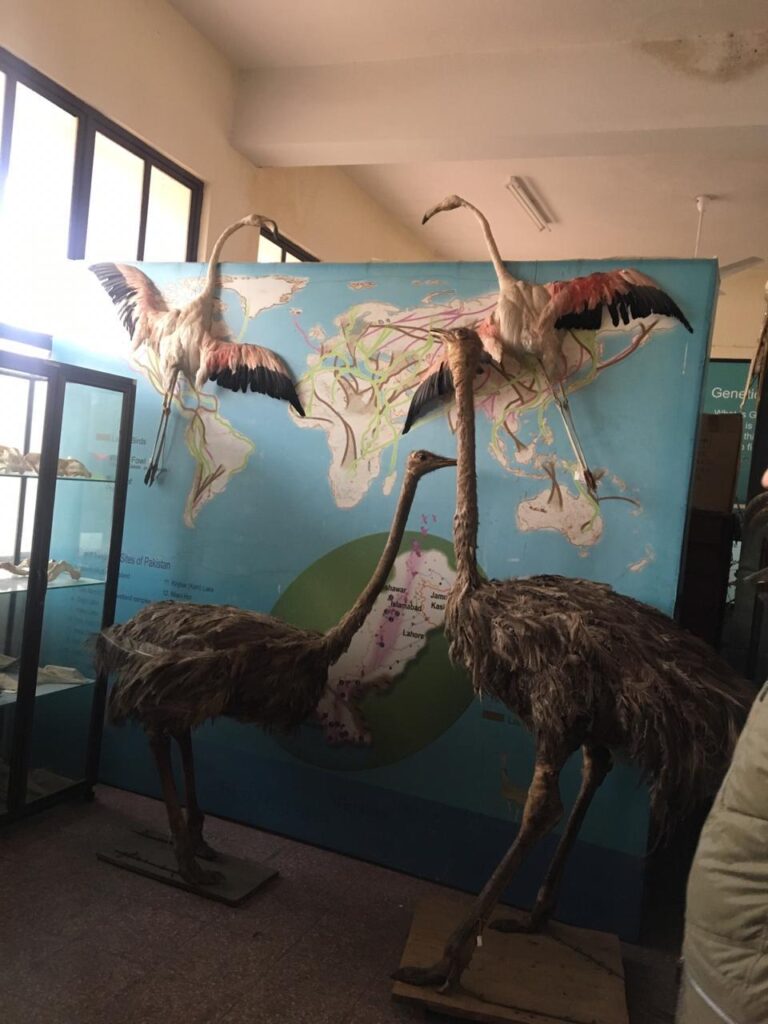
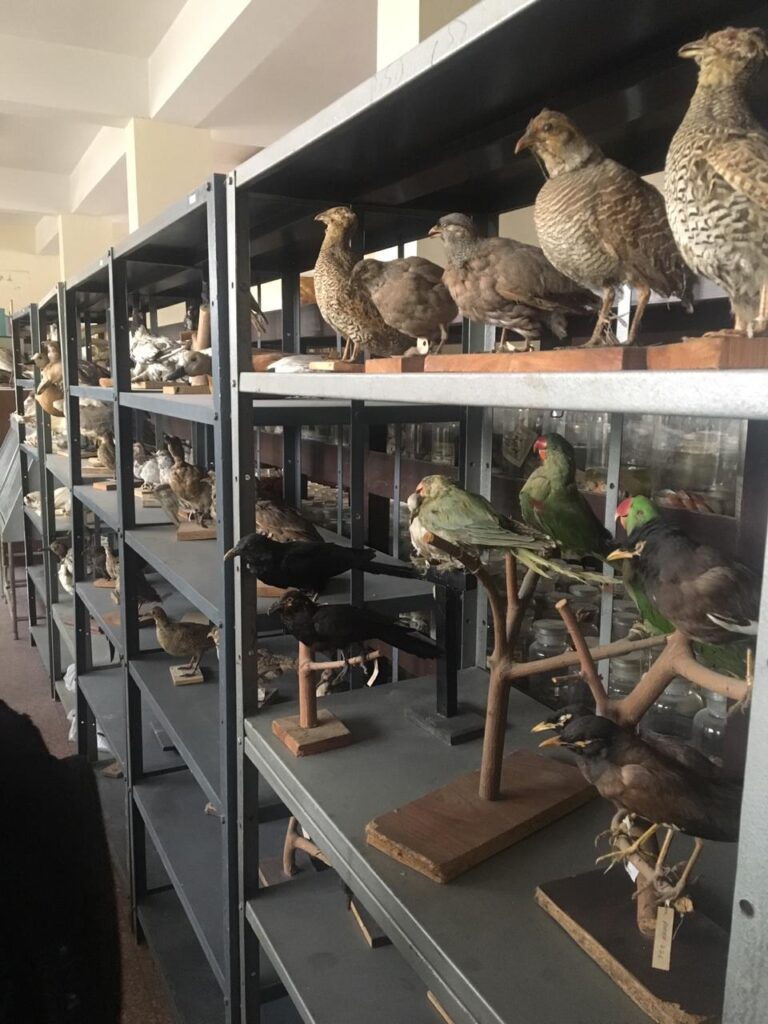
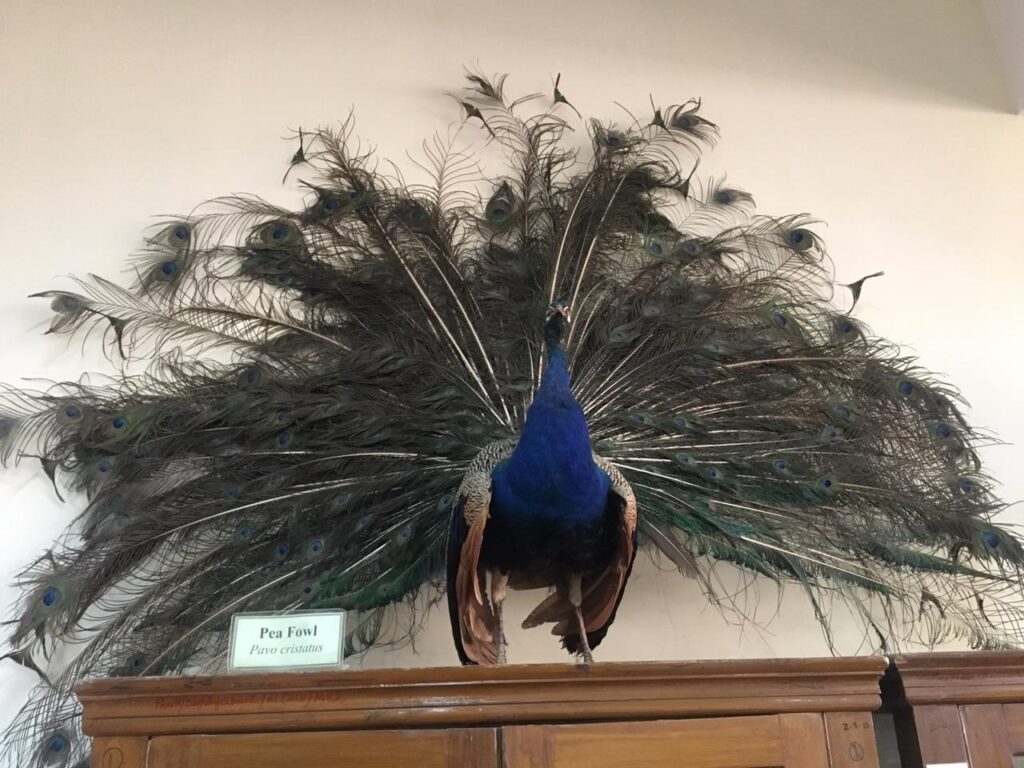
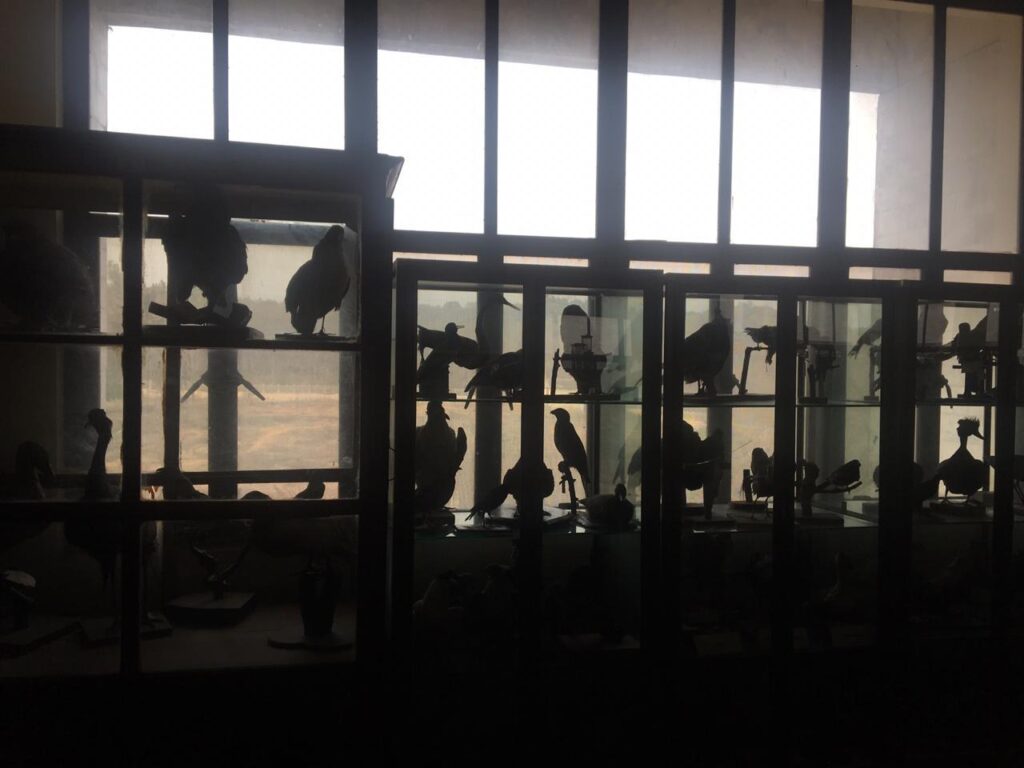
Display of Birds of Pakistan.
A huge collection of birds has been displayed in the bio gallery along with their habitat, eco-regions, and alpine heights described briefly.
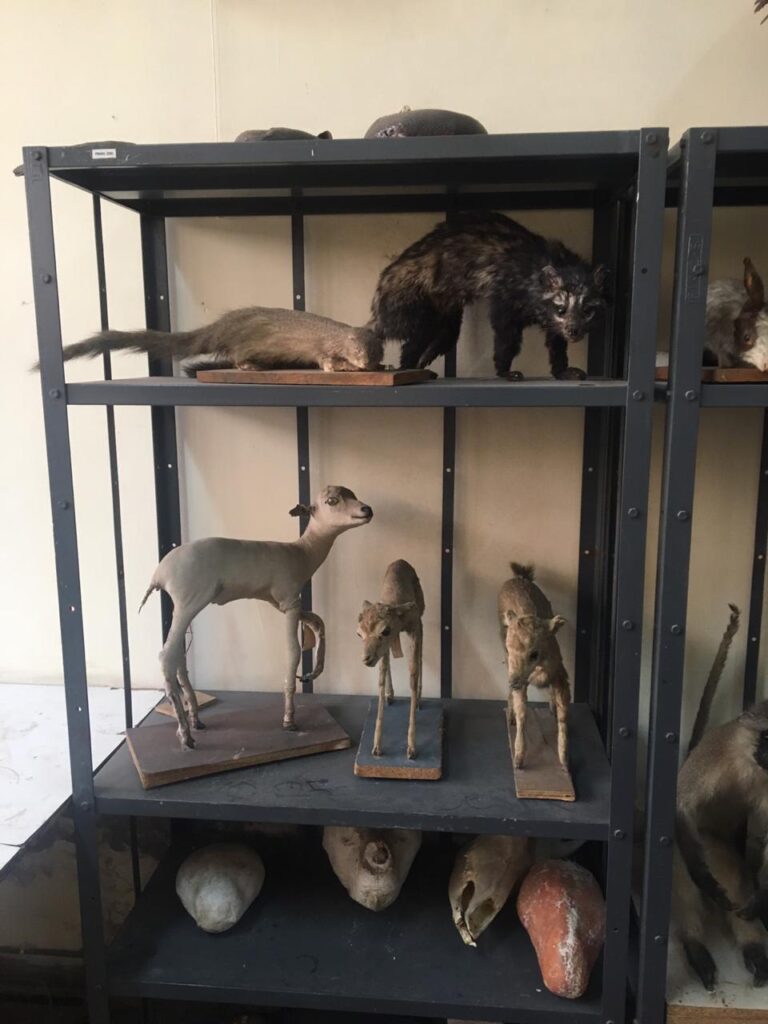
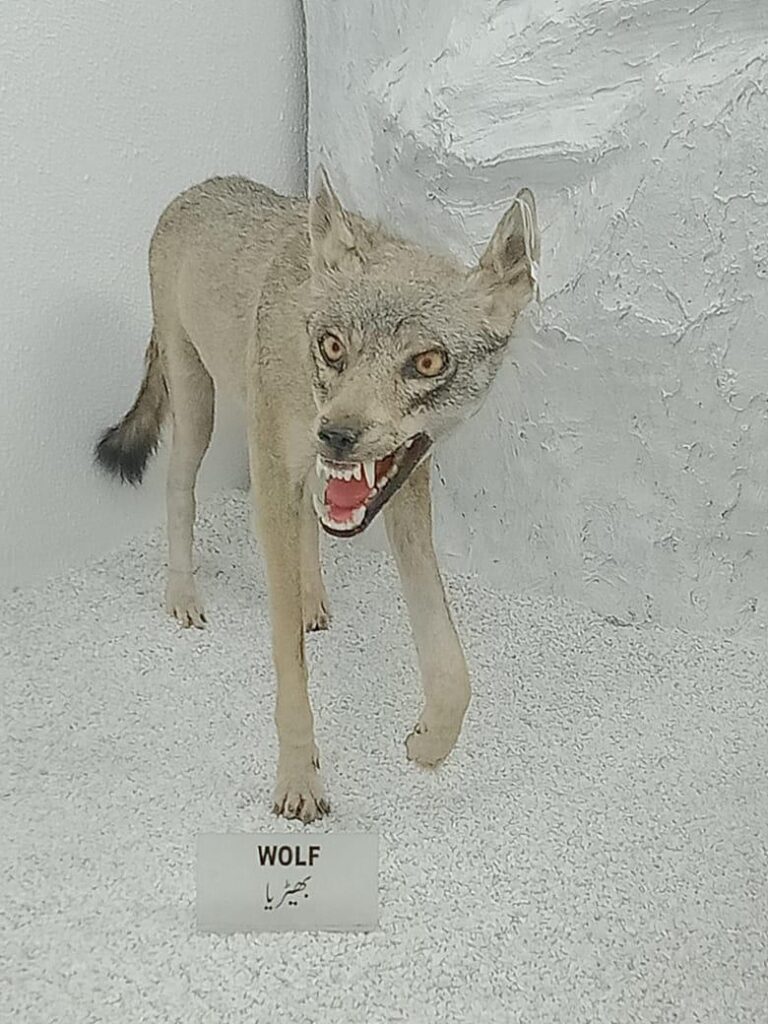
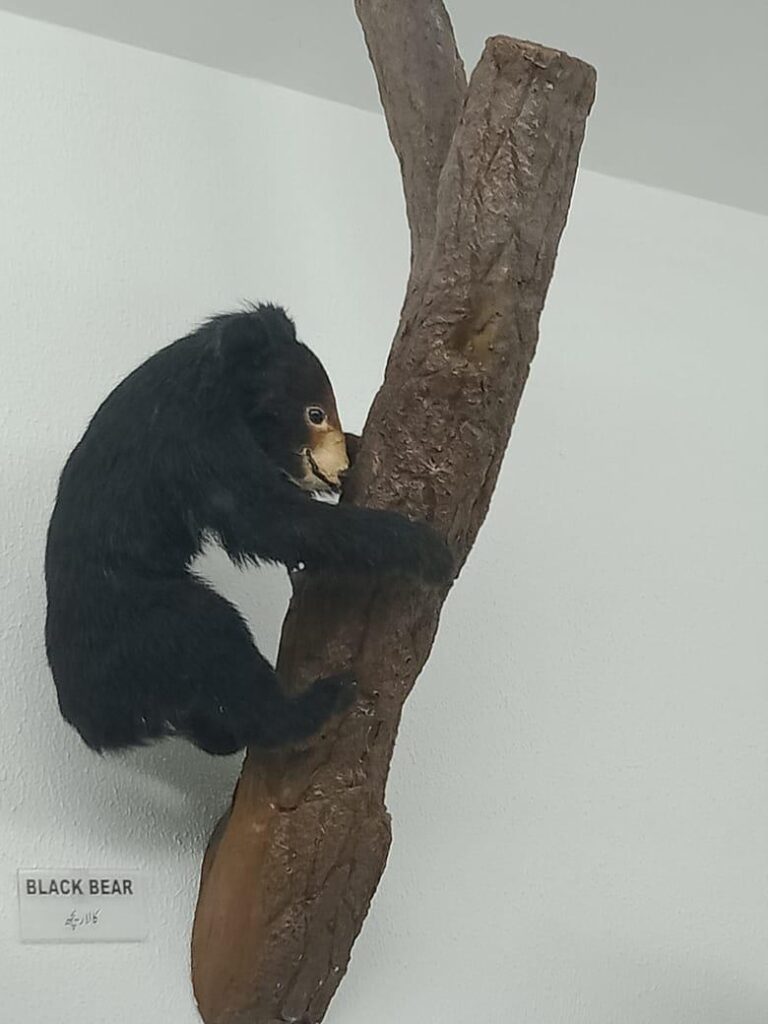
Collection of animals
The bio gallery also displays a huge collection of animals found all over Pakistan. The habitat and eco-regions of the animals have been shortly described.
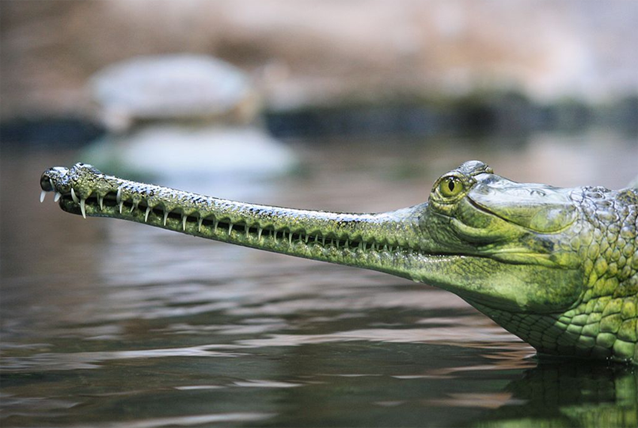
Gavial
The gharial (Gavialis gangeticus), also known as the gavial, belongs to the family Gavialidae. This species is native to the northern part of the Indus River in Pakistan. Males reach up to 6m in size with an average weight of around 160kg. From a conservation point of view, it is listed on “CITES Appendix I” which means it is illegal to carry out its trade and has been declared as “Critically Endangered” species by the IUCN. The gavial has almost become extinct from Pakistan largely due to growing and uncontrolled anthropogenic pressures including depletion of fish resources.
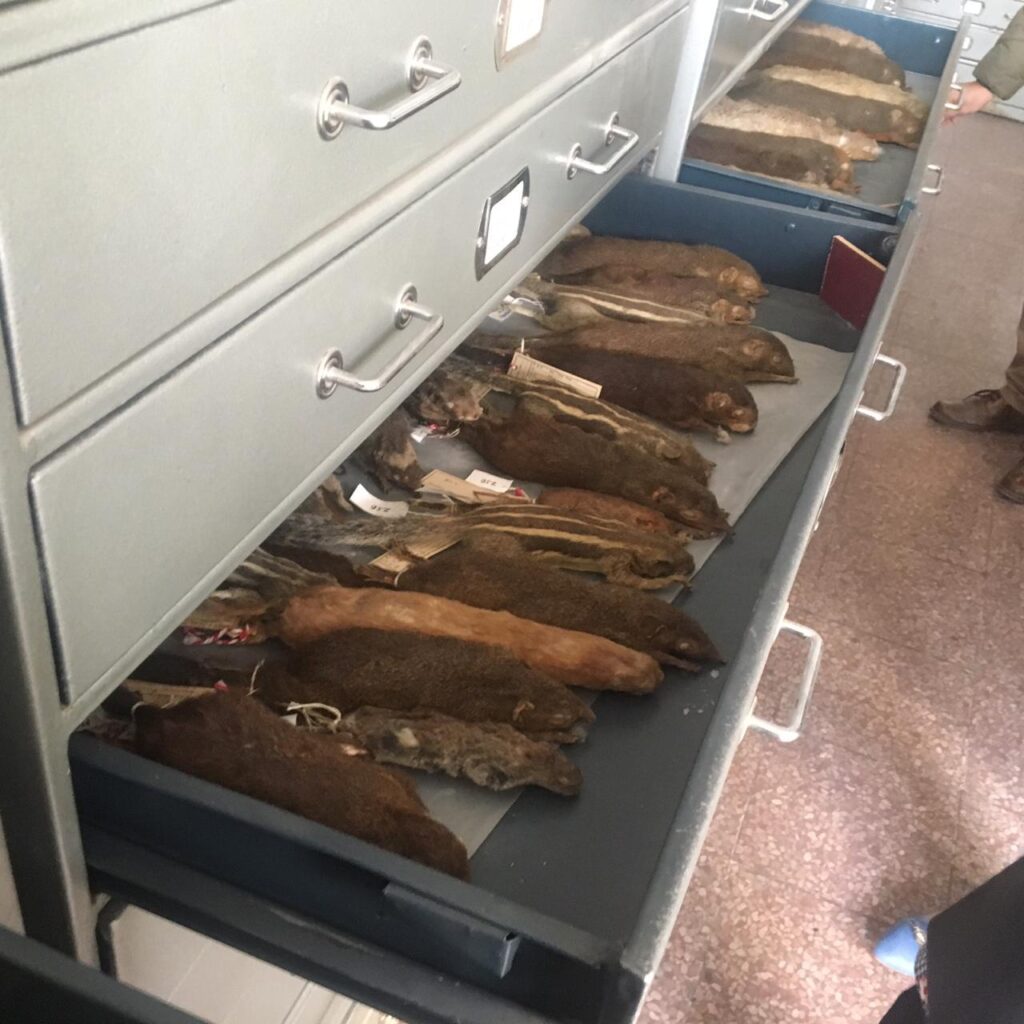
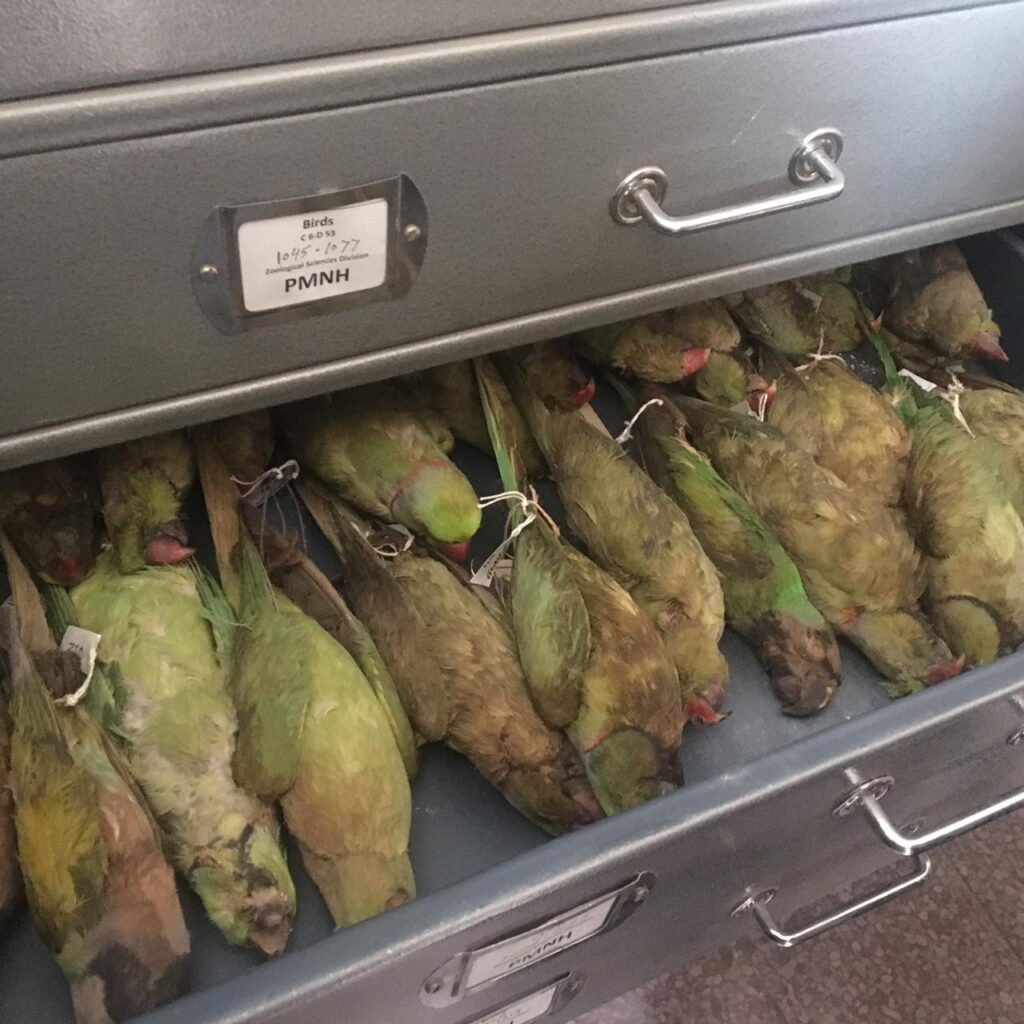
Many specimens are preserved in drawers that are used by researchers for projects.
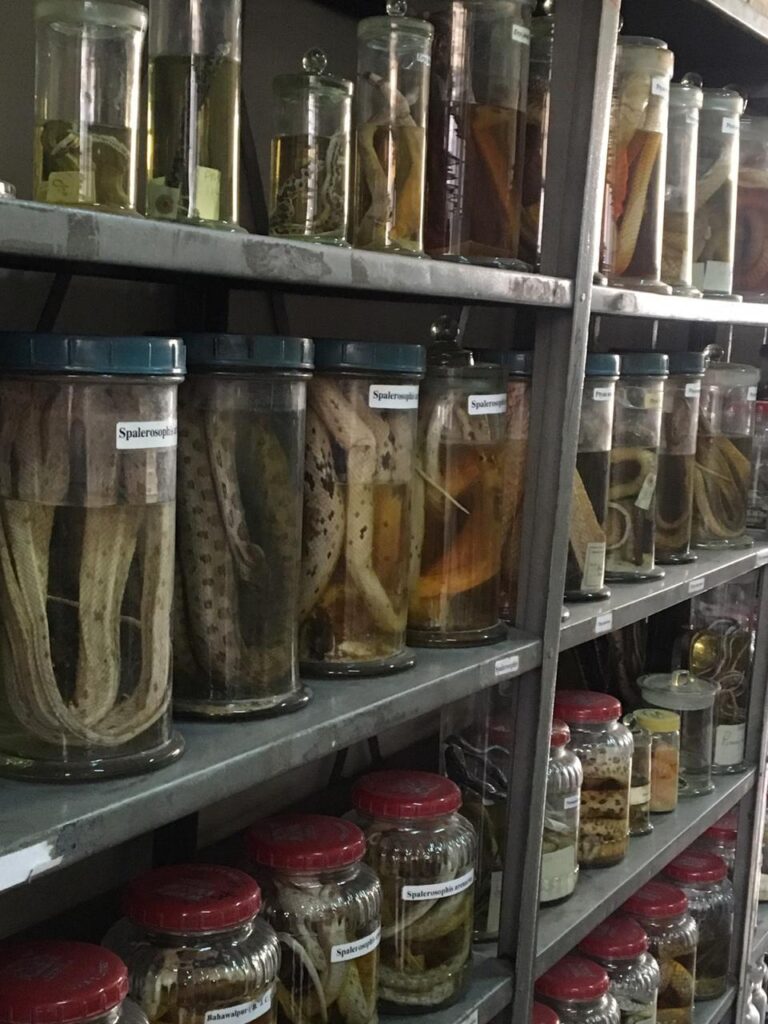
The museum is full of exciting and informative displays of wildlife. Don’t forget to visit the museum if you are in Islamabad.
Also Read: An Exclusive Tour of the Pakistan Museum of Natural History

Komal Nadeem is based in Jhelum. She is doing BS. Biochemistry from Quaid-i-Azam University, Islamabad. Her Interests are Reading books and novels, Gardening, Observing surroundings.
